The Ultimate Guide to the Different Types of Motorcycle Helmets
Date Posted:25 January 2024

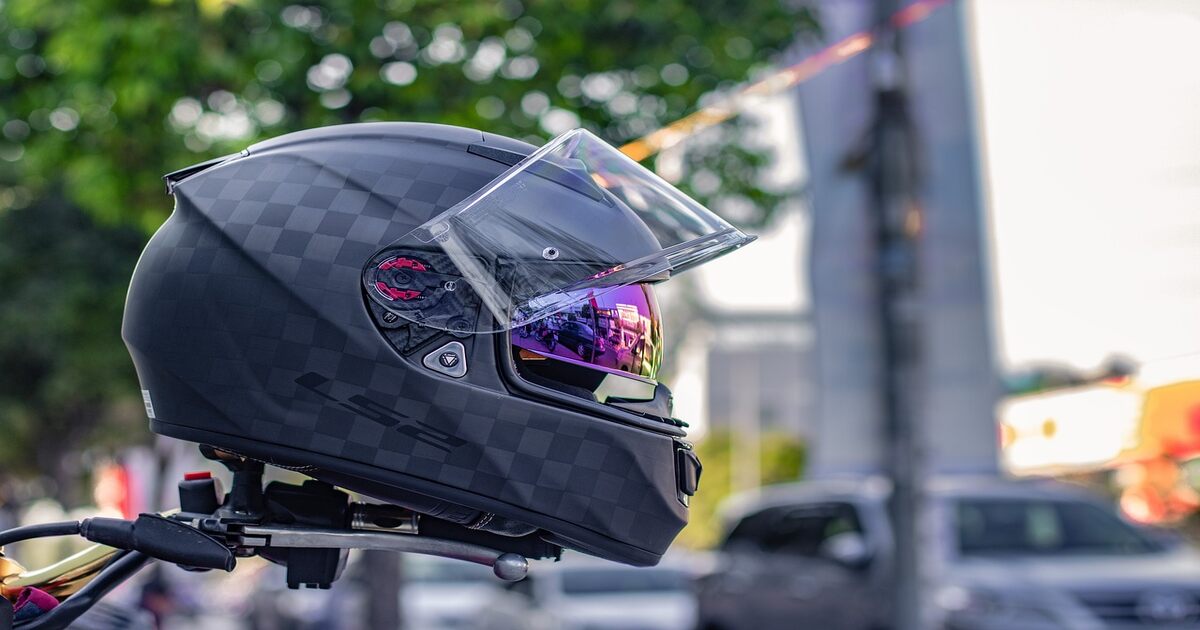
Are all types of motorcycle helmets the same? Absolutely not. Some are built for maximum protection, some for comfort, while others try to balance out these characteristics. Thus, you should understand the features and characteristics of different bike helmets before you buy one.
And that’s precisely what this article is for - you will learn all you need to know about the different types of helmets that exist so that you can make an informed choice. We’ll also touch on the helmet safety standards that apply in Australia and how to choose the perfect helmet for you. So let’s jump right in.
Types of Motorcycle Helmets
Motorcycle helmets come in various styles, each designed for a specific purpose. The main types include:
- Full-Face Helmets: These offer the most protection, covering the entire head and face. They are ideal for high-speed rides and long distances.
- Open-Face Helmets: Also known as ¾ helmets, they cover the top, sides, and back of the head but leave the face exposed.
- Half Helmets: These cover only the top of the head, providing minimal protection.
- Modular Helmets: These are a hybrid between full-face and open-face helmets, with a flip-up front section.
- Off-Road Helmets: Designed for dirt biking and motocross, these helmets have a distinct design with a pronounced chin and visor portion.
- Dual-Sport Helmets: These are versatile helmets suitable for both on-road and off-road riding.
What Are the Criteria for Classifying Helmets?
Motorcycle helmets are classified based on their design and intended use. When it comes to the design, it’s mostly easy to see how they are different - what’s the chance you’ll mistake a full-faced helmet for a skull helmet? Of course, they also have specific advantages and disadvantages that you can’t necessarily see at a glance.
The second criterion is intended use, i.e., whether the helmet is made for racing, on-road, or off-road riding. This classification is based on the features you can’t know about unless you’ve been riding for some time. For instance, racing helmets have aerodynamic designs to reduce wind resistance, but that’s not something most people can tell just by looking at it.
With that out of the way, let’s examine the design and features of each type of helmet and discuss how they compare to each other.
Full-Faced Helmets

Full-faced motorcycle helmets are designed to provide maximum coverage and protection for your head and face. They are a popular choice for various types of riding, especially those involving higher speeds and increased risks. Their defining characteristics are:
- Full Coverage: One of the key features is the complete coverage of the head, including the face and chin. This design offers the highest level of protection compared to other helmet types.
- Chin Bar: Full-faced helmets include a sturdy chin bar that protects the lower part of the face and jaw. This feature significantly enhances facial protection.
- Face Shield: Full-faced helmets have a built-in face shield or visor that protects you from wind, debris, insects, and UV rays. Some helmets have a quick-release mechanism for easy removal and replacement of the face shield.
- Aerodynamics: These motorcycle helmets are usually designed with aerodynamics in mind to reduce wind resistance and enhance stability, making them suitable for high-speed riding.
- Ventilation: They are typically equipped with multiple vents and channels to facilitate airflow and ventilation. This helps prevent the helmet from becoming uncomfortably hot during rides.
- Noise Reduction: The full coverage design, along with a snug fit, reduces wind noise and provides a quieter and more comfortable riding experience.
All in all, full-faced helmets are suitable for a wide range of riding styles, including sportbike riding, touring, and everyday use.
Modular Helmets
Modular helmets are like full-faced helmets but with an added feature - the front chin bar can flip up. Two things differentiate them from full-faced helmets:
- Flip-Up Chin Bar: As we mentioned, the standout feature is the hinged chin bar that can be flipped up. This gives you the option to enjoy the full-face protection or lift the front for an open-face feel.
- Chin Bar Locking Mechanism: They are equipped with a secure locking mechanism for the chin bar to ensure it stays in place when in the closed position.
Modular helmets offer a balance between full-faced and open-faced options. You can switch between the two styles, making them versatile for different riding conditions.
Open-Faced Helmets
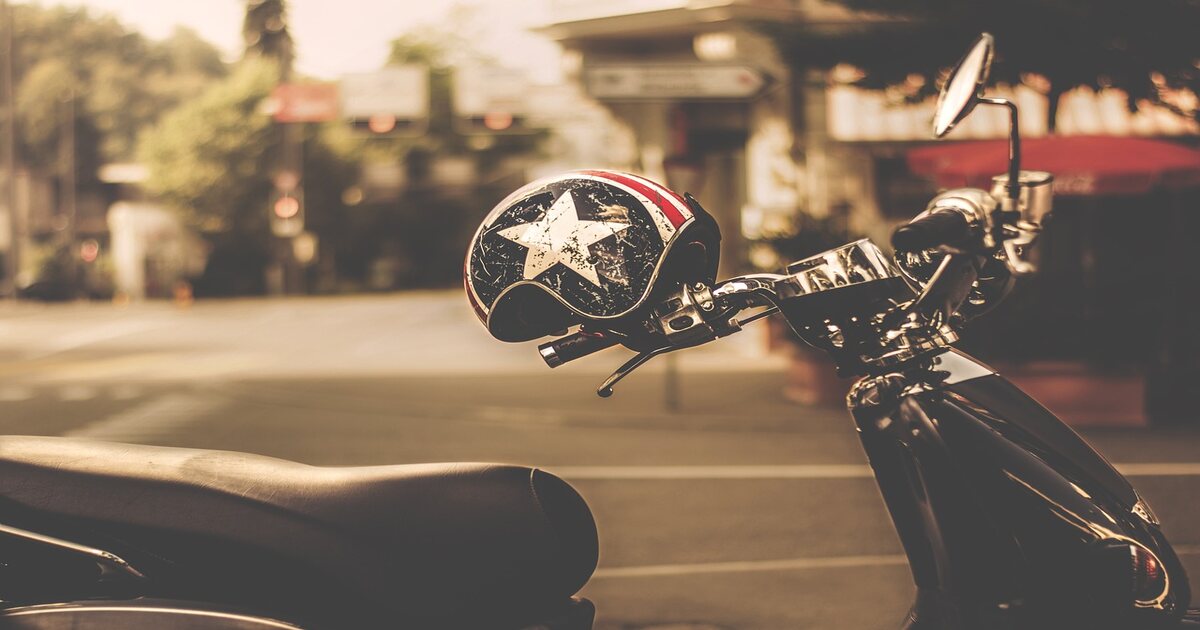
Open-faced helmets, 3/4 helmets, or half-face helmets (quick note - these are not the same as half helmets/skull caps) offer a more open and classic style. They are characterized by:
- Open Design: Open-faced helmets cover the top, sides, and back of the head but lack a chin bar. The face remains uncovered, providing a more liberating feel but at the cost of protection.
- Visibility and Airflow: Open-faced helmets provide a totally unobstructed view of the surroundings. They also allow more airflow, making them a comfortable choice in warm weather.
- No Chin Bar: Unlike full-faced or modular helmets, open-faced helmets don't have a chin bar. This feature provides a more open and free experience but offers less protection for the face.
- Face Shield or Goggles: Some open-faced helmets come with a built-in shield that covers the eyes, while others require the use of separate goggles for eye protection.
- Lightweight and Minimalistic: Open-faced helmets are generally lighter and have a minimalist design. They provide basic head protection without the added weight or bulk.
These helmets are commonly chosen by cruiser riders and those who prefer a retro or classic look. Open-faced helmets complement a laid-back riding style but they are not recommended for high-speed riding due to the lack of protection for the lower part of your face.
Half Helmets
The designers of half helmets (also known as skull caps) looked at the minimalist design of open-faced helmets and said that’s still too much. These helmets offer:
- Minimal Coverage: They cover only the top of your head, leaving the face and neck exposed. Half helmets provide the least amount of protection compared to other helmet types.
- Open and Lightweight: The design provides a more open and free feeling. They are also lightweight and easy to put on and take off, which can contribute to your riding experience.
- No Wind Protection: Skull caps, on their own, won’t protect you from the wind or the elements. However, some half helmets allow for the attachment of accessories such as face shields or visors for added protection.
- No Noise Protection: Half helmets won’t dampen the noise of the road, so you’ll hear the wind howling and everything that’s going on on the road. Of course, this may be specifically what you are looking for.
Off-Road/Dirt-Bike Helmets
Dirt bike helmets are designed specifically for off-road and motocross riding. Here are the main features and characteristics:
- Chin Bar and Face Shield: Dirt bike helmets feature an elongated chin bar and a large, angled visor. The design helps protect the face and eyes from flying debris while maintaining visibility during off-road maneuvers.
- Lightweight Construction: Dirt bike helmets are lightweight to minimize fatigue during extended off-road rides and jumps. The emphasis is on agility and maneuverability.
- Large Eye Port: The helmets often have a large eye port to accommodate goggles, providing additional eye protection and allowing a wide field of vision.
- Ventilation: Excellent ventilation is a key feature to keep riders cool during intense off-road activities. Dirt bike helmets typically have numerous vents and channels for airflow.
- Extended Neck Coverage: These motorcycle helmets often provide extended coverage at the back of the head and neck for added protection in case of falls or impacts.
- Snug Fit: The helmets have a snug fit to stay securely on the rider's head during jumps and rough terrain. Many come with removable and washable liners for hygiene.
- Goggle Compatibility: They are designed to work seamlessly with goggles, which are an essential accessory for dirt biking to protect the eyes from dust, dirt, and debris.
- Limited Soundproofing: Dirt bike helmets prioritize airflow over soundproofing, so you’ll be able to hear your surroundings and effectively communicate with others.
Adventure Bike Helmets
Adventure bike helmets (also called dual-sport helmets) are designed to cater to the needs of riders who engage in both on-road and off-road riding. Their hybrid design incorporates features from both street and dirt helmets to provide versatility. Their distinguishing features are:
- Full Coverage with Extended Chin Bar: Adventure helmets provide full coverage of the head, including an extended chin bar for added facial protection. This makes them suitable for both high-speed road riding and off-road excursions.
- Face Shield and Peak: They are equipped with a face shield for on-road protection against wind and debris. Plus, they feature a removable peak or visor that provides shade and helps deflect dirt and branches during off-road riding.
- Versatile Ventilation: Adventure helmets typically have effective ventilation systems to ensure comfort in various riding conditions, whether on the highway or traversing challenging off-road trails.
- Removable Liners: Many come with removable and washable liners, allowing you to easily maintain cleanliness and hygiene, especially after off-road rides.
- Aerodynamic Shape: While not as aerodynamic as dedicated street helmets, adventure helmets are designed with a shape that balances airflow efficiency for highway cruising and off-road maneuverability.
- Goggle Compatibility: Adventure helmets are designed to be compatible with goggles, making them suitable for off-road riding where eye protection is crucial.
- Modular Features: Some adventure helmets have modular features, allowing you to convert between a full-faced and open-faced configuration by removing the face shield or peak.
Adventure bike helmets are ideal for riders who want an all-in-one helmet, from long-distance touring to off-road exploration. While not superspecialized, they provide the flexibility needed for on-road and off-road riding without compromising safety and comfort.
Racing Helmets
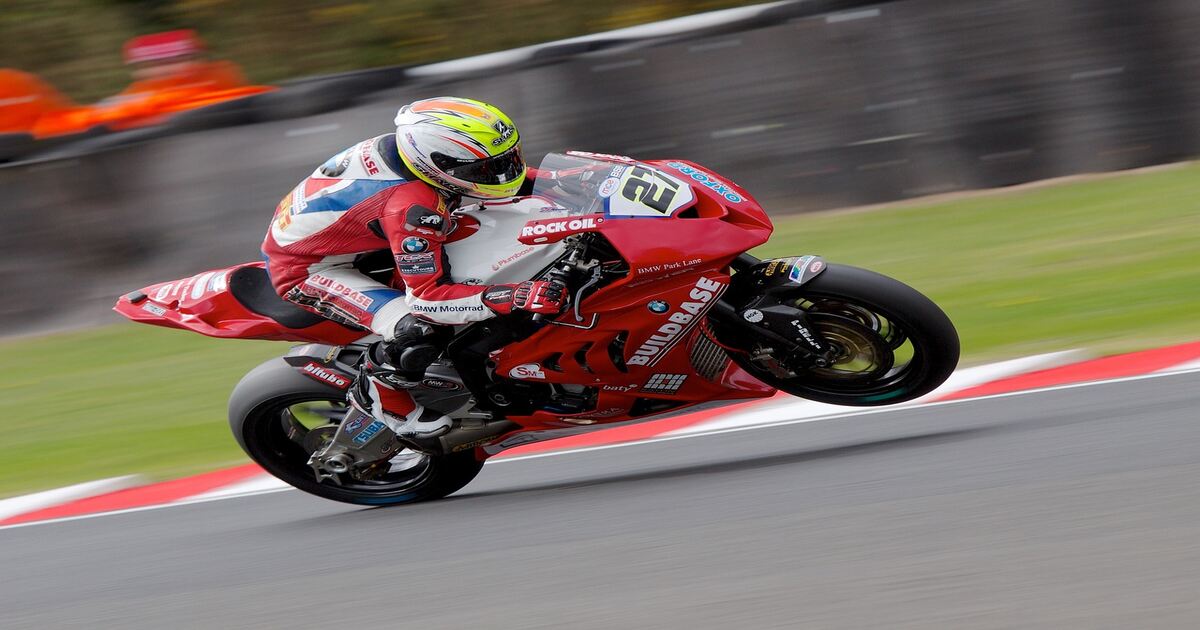
Racing helmets are specifically designed with aerodynamics, safety, and performance in mind. These helmets have unique features tailored to the demands of high-speed track riding, features you won’t see in any other type of helmet. Here’s what makes them stand out:
- Aerodynamics: Racing helmets are designed with a focus on aerodynamics to minimize drag and provide stability at high speeds. The shape is streamlined to reduce wind resistance and lift.
- Spoiler or Wing: Many racing helmets come with integrated spoilers or wings at the rear. These elements enhance aerodynamics by maintaining stability and reducing helmet lift during racing conditions.
- Ventilation for Racing Conditions: Racing helmets often have advanced ventilation systems optimized for the dynamic conditions of track racing. Increased airflow helps keep the rider cool during intense racing sessions.
- Lightweight Construction: Weight is a crucial factor in racing helmets. They are made from lightweight materials like carbon fibre or composite materials to reduce the overall weight and minimize neck strain during high-speed racing.
- Fire-Resistant Materials: Racing helmets may incorporate fire-resistant materials, as fire safety is a concern in racing environments. The interior padding and liners may be designed to resist flames and heat.
- Double D-Ring or Quick-Release Buckle: Racing helmets typically use a secure double D-ring fastening system or a quick-release buckle. These systems ensure a snug and secure fit during high-speed racing without compromising safety.
- Emergency Release System: Some racing helmets feature an emergency release system. In the event of an accident, this system allows medical personnel to safely and quickly remove the helmet without causing additional harm to the rider's neck.
- Wide Eye Port: Racing helmets often have a wide eye port to provide an expansive field of vision, allowing riders to see more of the track and make precise decisions at high speeds.
+Communication System/Bluetooth Helmets
Finally, the last subcategory is communication system or Bluetooth helmets. These helmets have built-in wireless communication technology, enabling you to stay connected on the road, listen to music, or use GPS. All the other types of motorcycle helmets we mentioned can also fall into this category. Then again, you can always buy a regular helmet and add Bluetooth intercoms yourself.
Helmet Safety Standards in Australia
We’ve discussed the different types of motorcycle helmets, but we should also touch on the safety standards that are applied in Australia. All helmets, regardless if they are skull caps, dirt, or full-faced helmets must comply with either:
- Australian Standard (AS) 1698:1988
- Australian Standard/New Zealand Standard (AS/NZS) 1698: 2006
- United Nations Economic Commission for Europe (UN ECE) 22.05 - this refers to motorcycle helmets imported from Europe
Simply check for a label or a compliance sticker before you purchase a helmet to make sure that it complies with the safety standards.
How To Choose Your Ideal Bike Helmet
Now that you know the specific features of each type of helmet, it shouldn’t be too difficult to choose the perfect one for you. Just think of your riding preferences, how you intend to use the helmet, the level of safety you need, and, of course, your preferred style.
And after you’ve made your choice, check out our range of motorcycle helmets. We always have the top brands and you order everything you need online - from open-face to dirt helmets. But it doesn’t stop there, you can also buy other riding gear, parts, or bike accessories, all in one place.
Our mission is to make safety gear affordable and accessible to everyone, so you know that you’ll only find the highest quality products with a low price tag at Shark Leathers. Feel free to contact us if you have any questions about the delivery process or anything else.



 cart(
cart(
![Shark - Protective Chinos [CE2]](/assets/full/S210211.jpg?20240515220004)
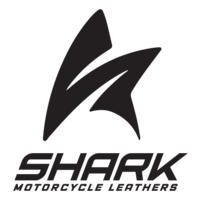
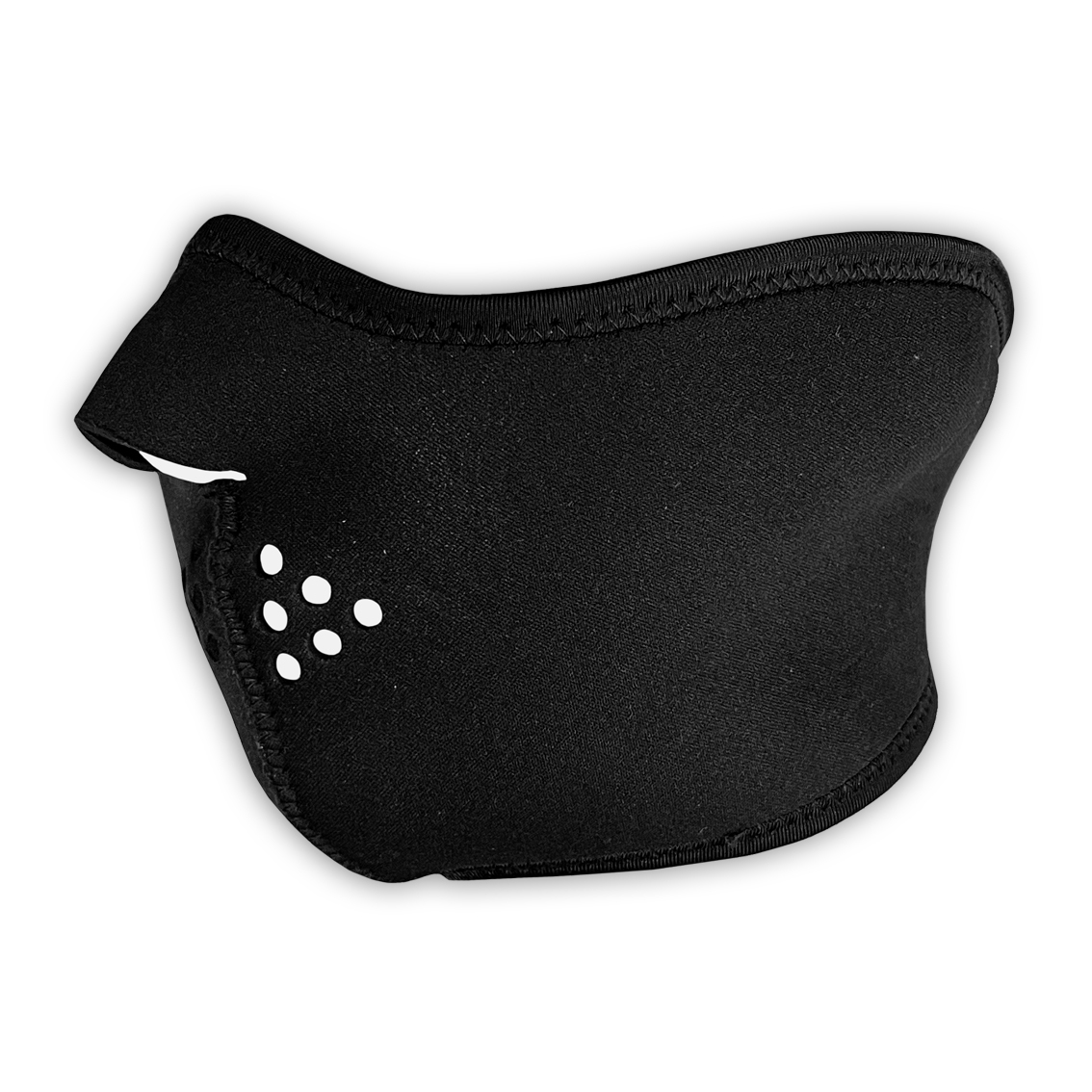
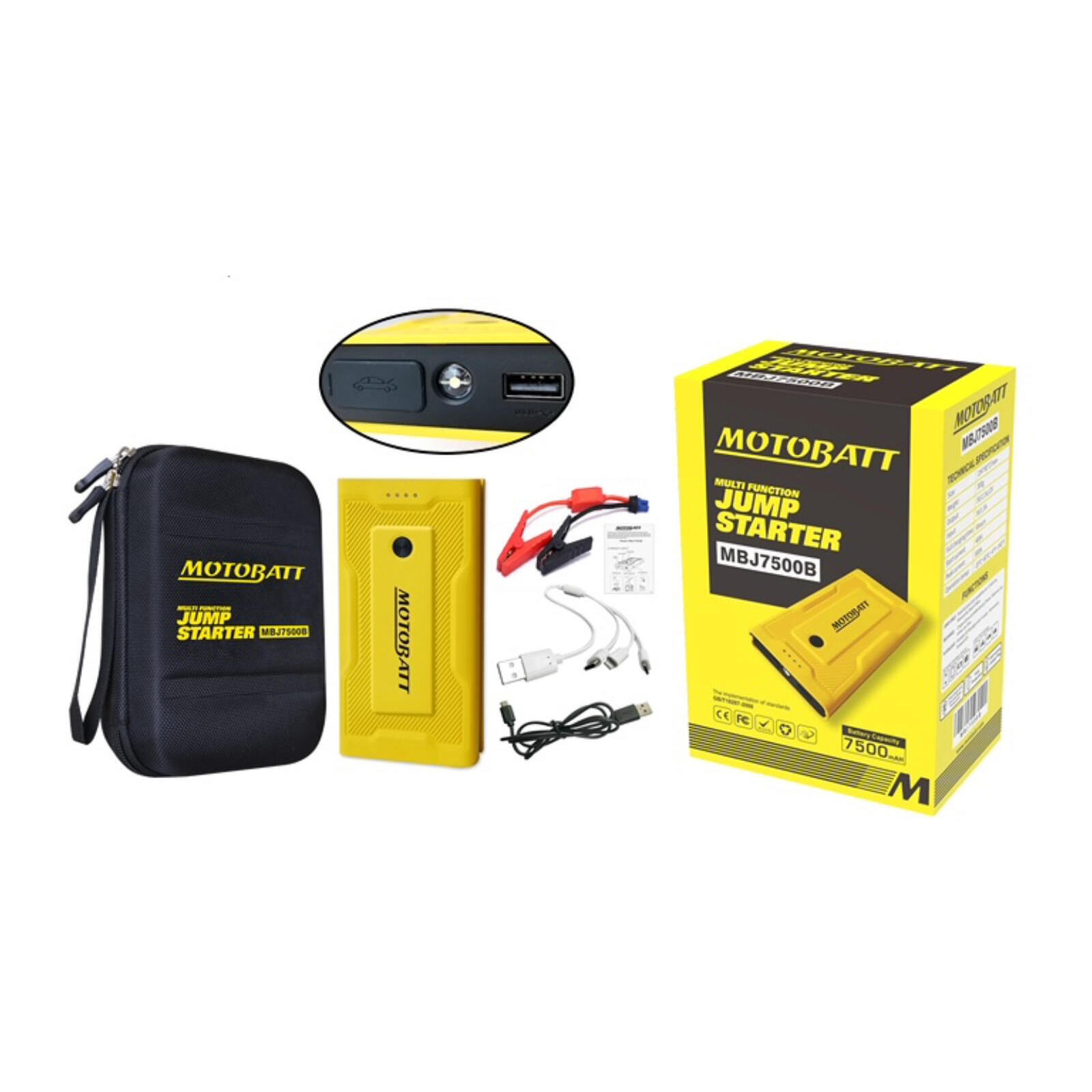
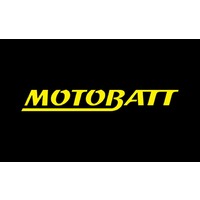

 6/142 Siganto Dr, Helensvale QLD 4212
6/142 Siganto Dr, Helensvale QLD 4212 (07) 5573 5118
(07) 5573 5118



